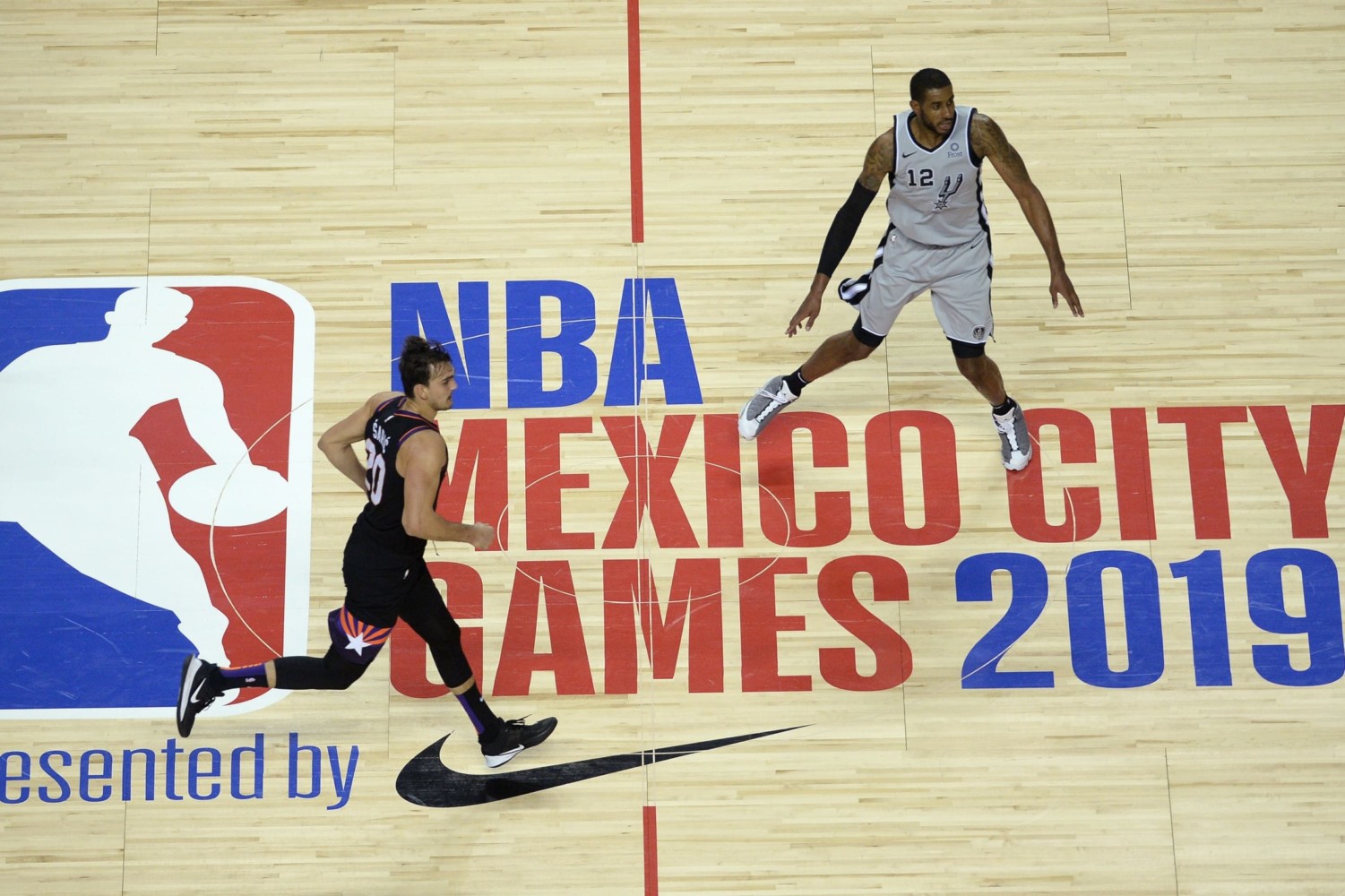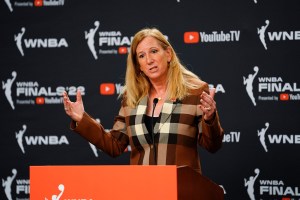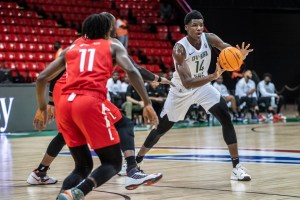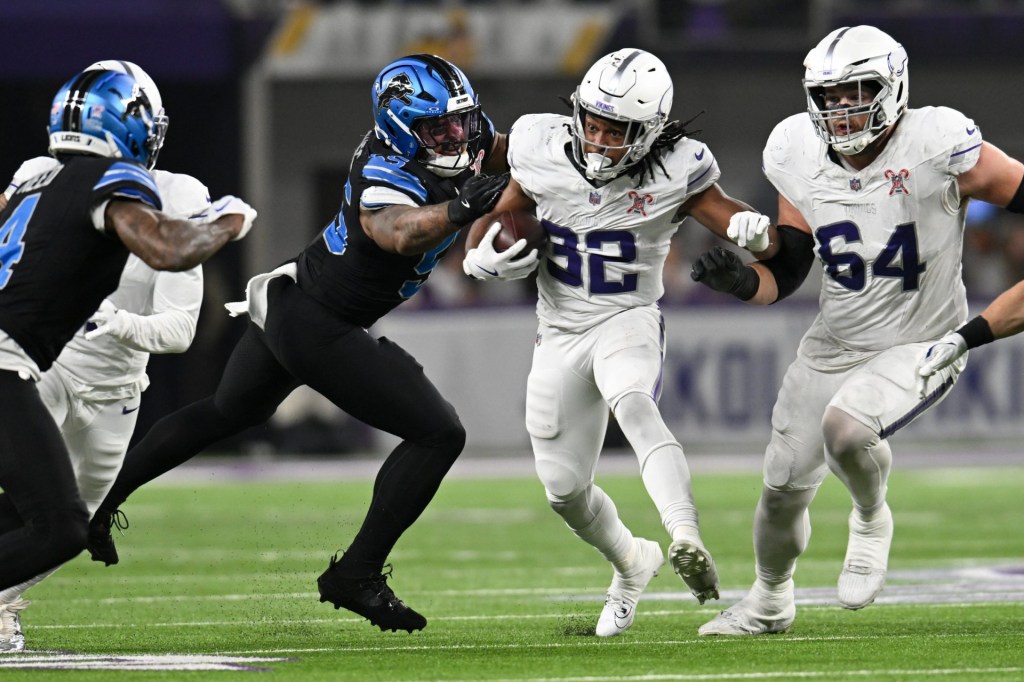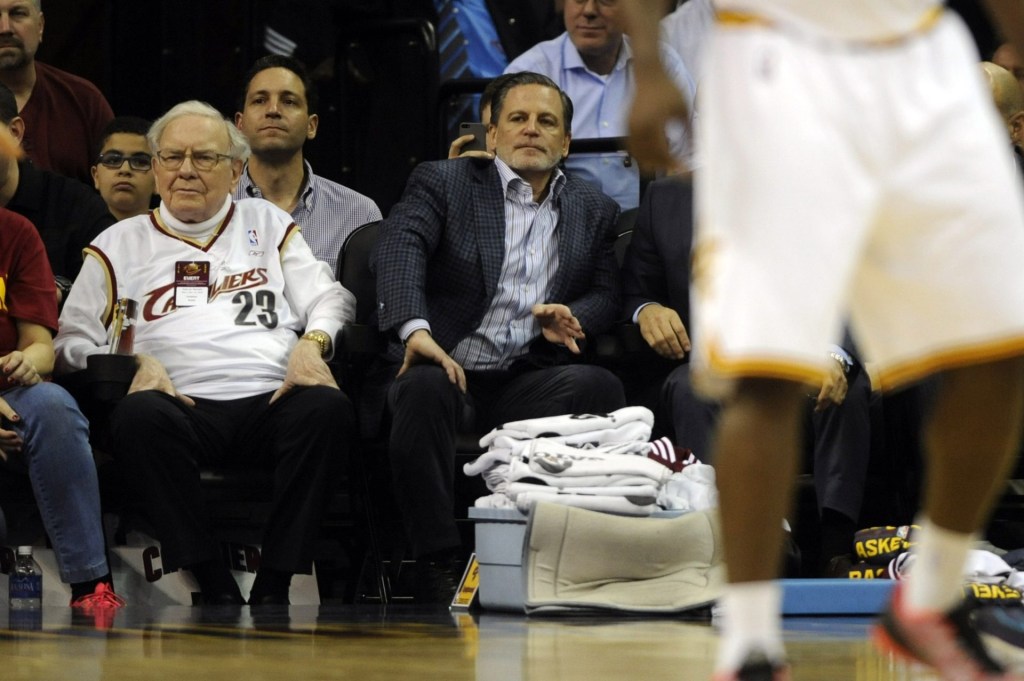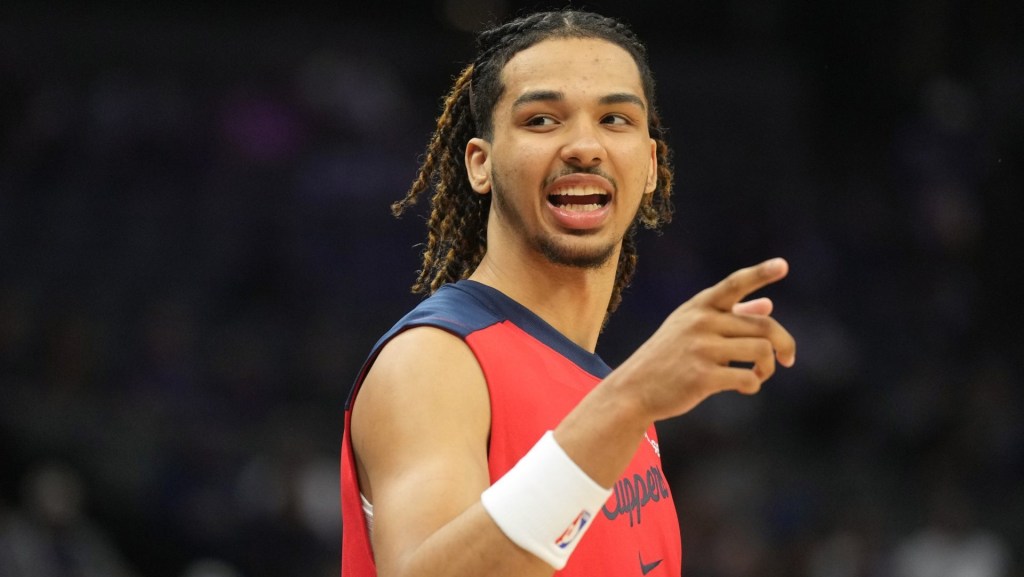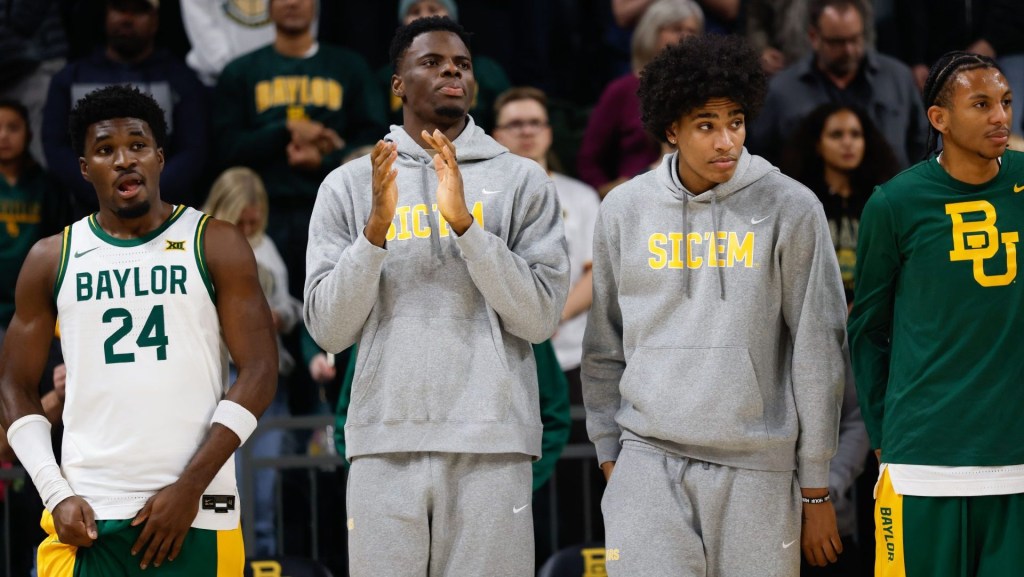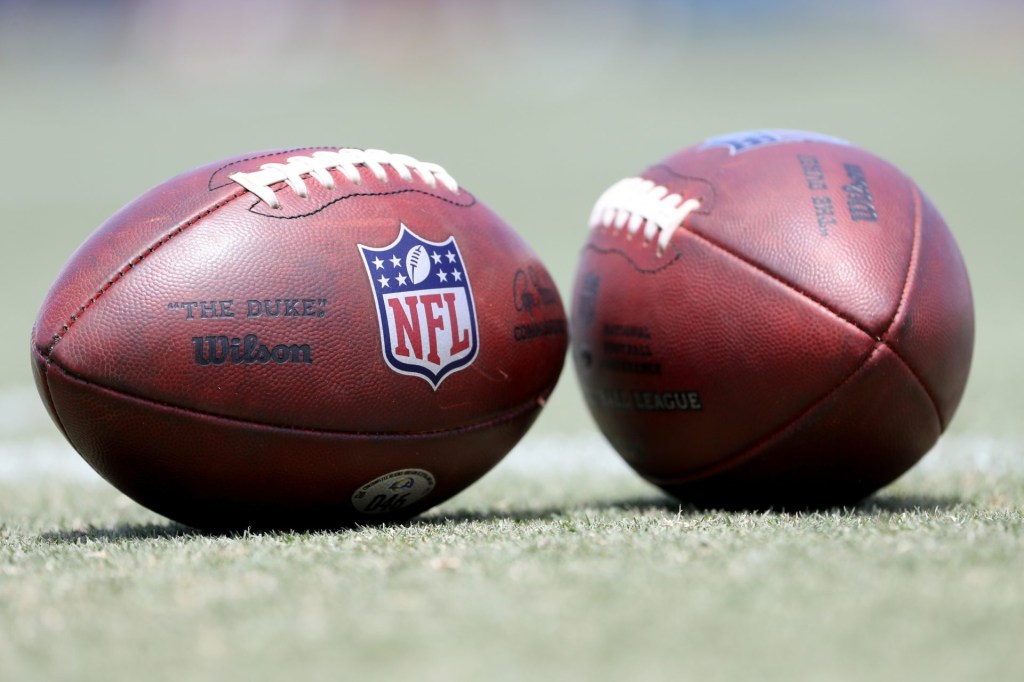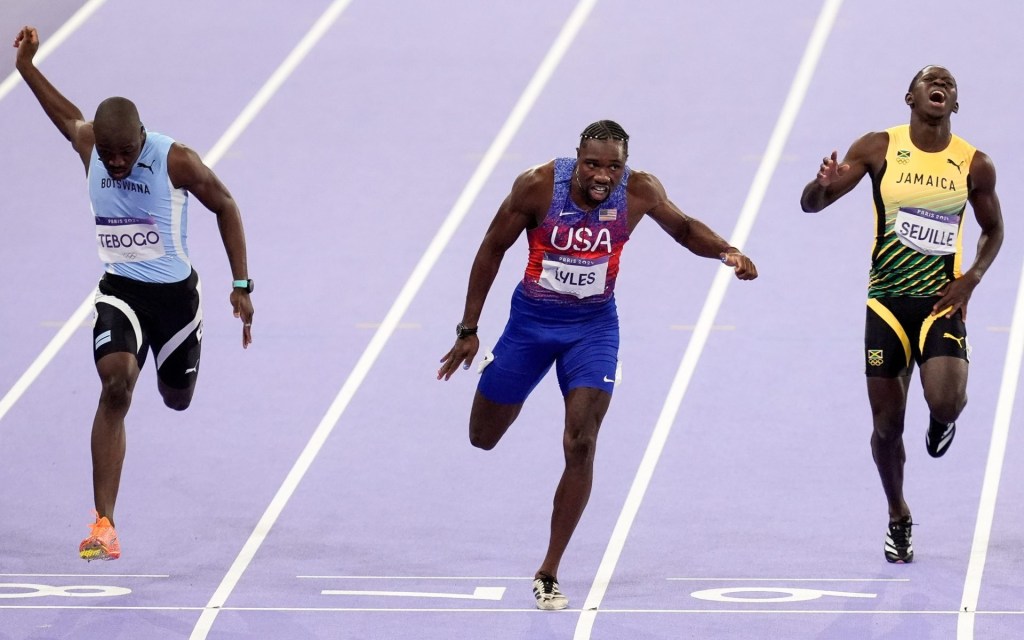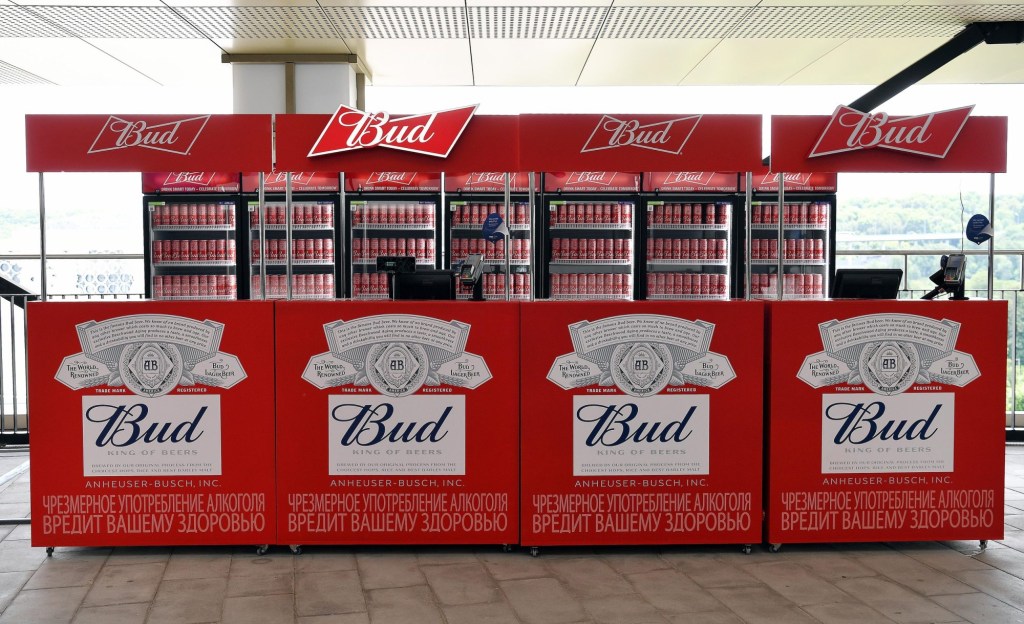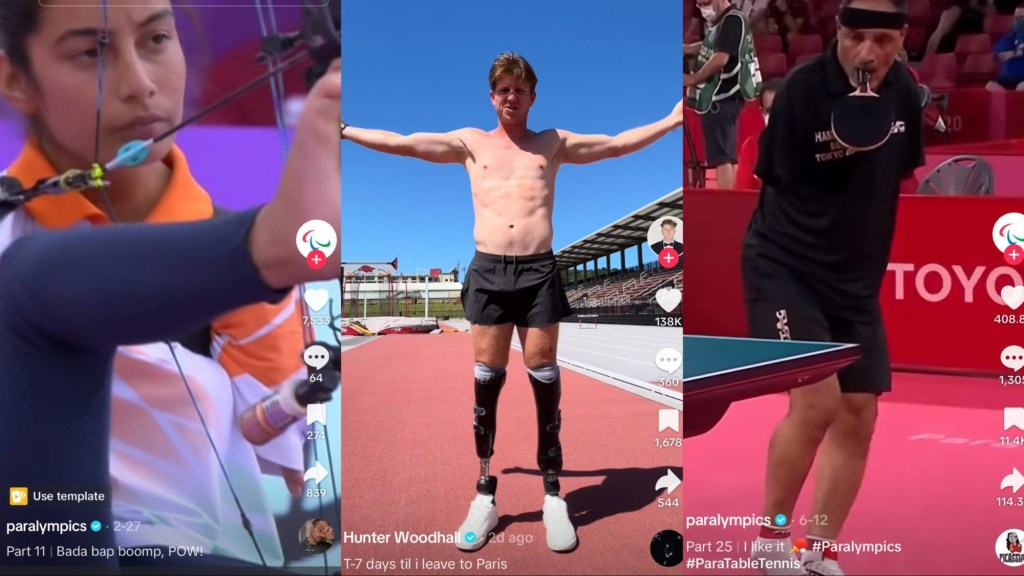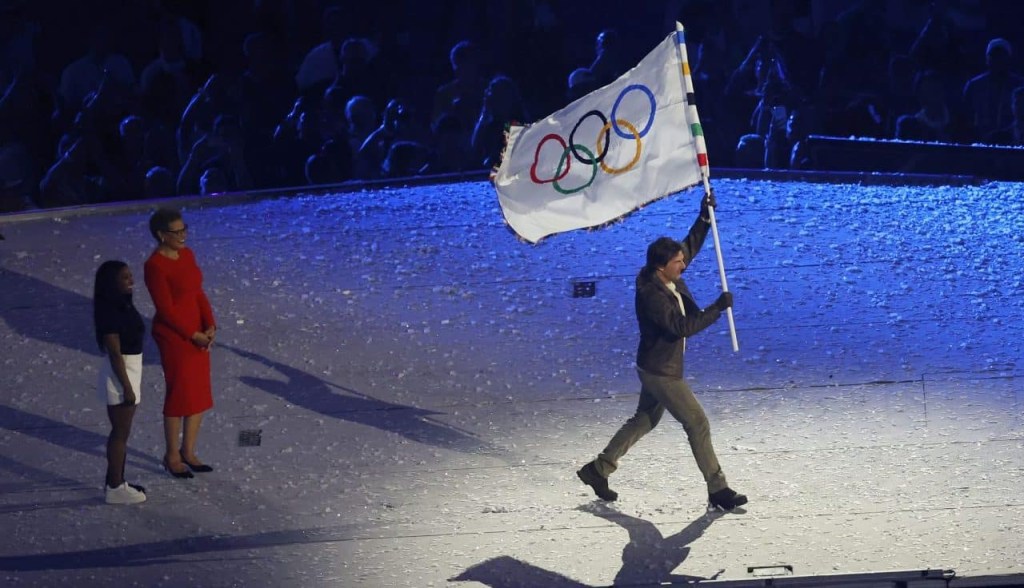In October 1992, the Houston Rockets defeated the San Antonio Spurs 104-102 in an exhibition game — an otherwise unremarkable event if not because it was the first NBA game ever contested in Mexico.
That Hakeem Olajuwon — the first-ever non-American NBA MVP — starred in that game is emblematic of what the league is trying to accomplish outside of the United States.
Thirty years later, the NBA returns to Mexico City on Saturday with a matchup between the Spurs and the Miami Heat — the league’s 31st game in Mexico, the most ever played in a country outside the U.S. or Canada.
Mexico City — North America’s largest city — has been the epicenter of a fertile, growing basketball market. The league has 30 million Mexican fans, and basketball is the second-most-played sport there, NBA deputy commissioner Mark Tatum tells Front Office Sports.
“One day, we hope to get to number one,” he says. “You do that by doing grassroots programs in the market, by bringing NBA games to the market.”
After years of planting those seeds, the league took it a step further in 2019 when it announced that the Mexico City Capitanes would join the NBA G League.
COVID prevented the Capitanes from playing in Mexico City until this season — and their presence there is giving the league a crash course on having a permanent franchise south of the border.
“G League teams in the United States and Canada are going down there to play,” says Tatum. “So we’re getting that experience of, ‘How does a G League team operate in that market? How are the fans responding to having their own team down there?’ It’s been a great learning experience so far.”
While the deputy commissioner emphasizes that expansion is not in the league’s immediate plans with a new collective bargaining agreement and media rights deal taking priority, he does say that Mexico City “has to be in consideration” for an NBA franchise when the time comes.
Given its proximity to the U.S., Mexico has been the primary testing ground for the NBA’s international strategy — which Tatum describes as having three prongs.
The first is to give more opportunities for boys and girls to play basketball. The league runs youth programs such as Jr. NBA, NBA Academy, and Basketball Without Borders, producing 105 NBA and WNBA players, including Joel Embiid and Pascal Siakam.
The second prong is to bring the NBA experience worldwide through live games. Since 1978, NBA teams have played 205 games in over 20 countries.
The third and final prong is to make games and programming more accessible via television and social media.
- NBA programming has reached 214 countries in more than 50 languages.
- Tatum says the league has made a “concerted effort” to schedule more Saturday and Sunday games early in the day so that they’ll be in primetime for the European markets and beyond.
- NBA social platforms have more than 2 billion likes and followers across league, team, and player accounts — with almost 70% coming from outside the U.S.
Of course, much of the NBA’s international popularity is concentrated in Europe — both from a fan and player development perspective.
The last four MVP awards have been given out to two European players — Giannis Antetokounmpo (Greece) and Nikola Jokic (Serbia). Slovenian national Luka Doncic is a favorite to win this year’s award. And then there’s super prospect Victor Wembanyama from France, who is a virtual lock to be drafted first overall in the 2023 Draft.
The surge in talent may have begun with one of the most famous basketball teams of all time.
“Probably the real spark was the Dream Team,” says Tatum. “Coming out of [the 1992 Barcelona Olympics], you had kids like Tony Parker from France, or Pau Gasol from Spain, or Dirk Nowitzki from Germany, who saw that Dream Team, and it inspired them to play basketball.
“Those players have inspired the next generation of players.”
Africa has also featured heavily in the NBA’s global aspiration. The league feels it can help drive economic growth on the continent.
“With the young, fast-growing population of Africa, they’re going to need to create new industries, new opportunities, and right now sports is viewed only as competition, it’s not viewed as a business,” Tatum says. “What we’re trying to do is demonstrate to both the public sector and the private sector that sports is a business, and that if you invest in sports — in infrastructure, in stadiums, for example — there is a huge opportunity for high return on that.”
As such, the league now has four offices across the continent and recently announced the third season of the Basketball Africa League.
It all adds up to big business for the NBA.
While the league won’t disclose specific revenue figures, Tatum says overseas business has grown about 15% year-over-year in each of the last ten years — and the league expects to grow 20% YoY next year.
In time, that exponential growth could finally allow basketball to be the biggest sport on Earth.
“The numbers are large,” says Tatum. “The numbers start with a B. That’s how big the business is internationally — but we think we’re just scratching the surface.”
